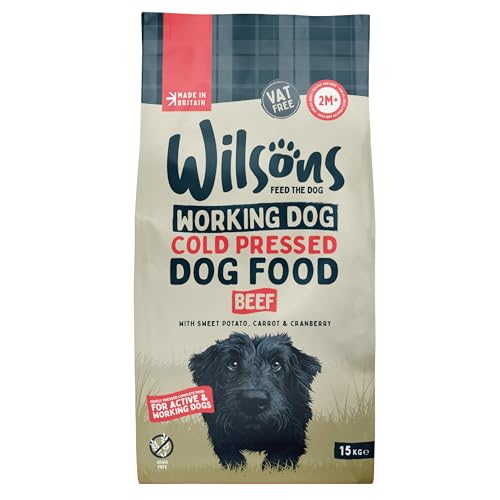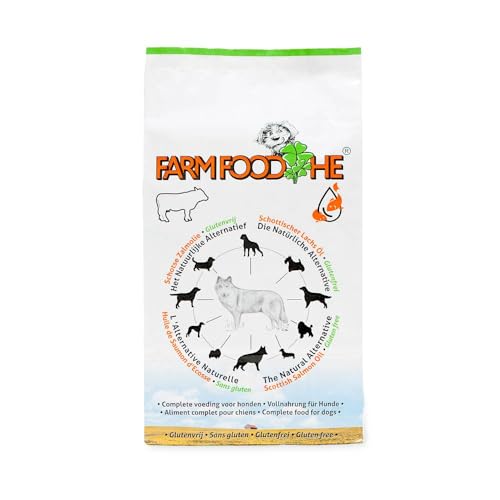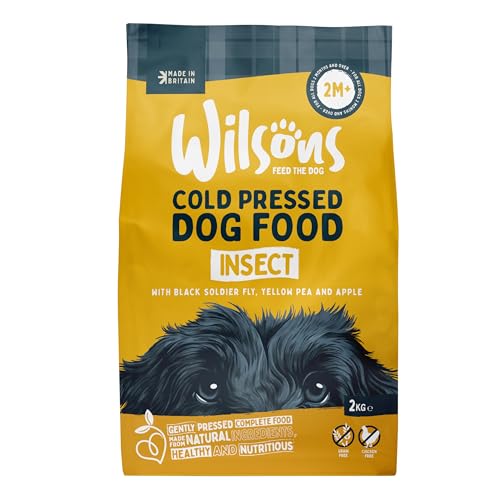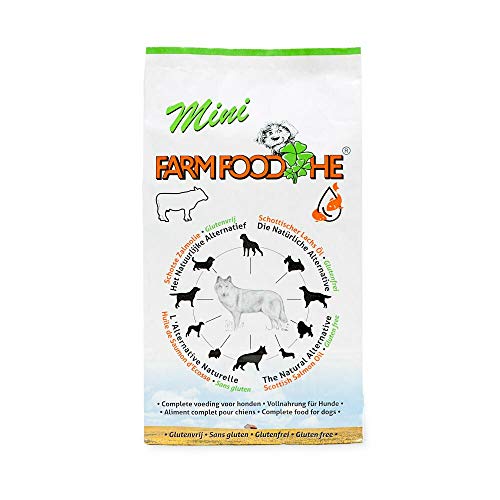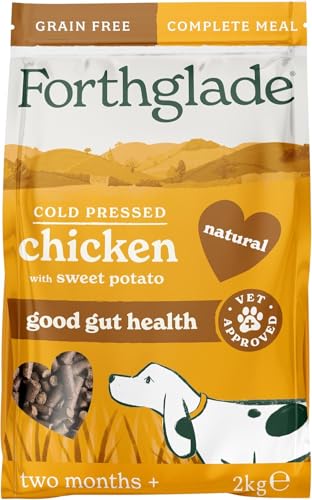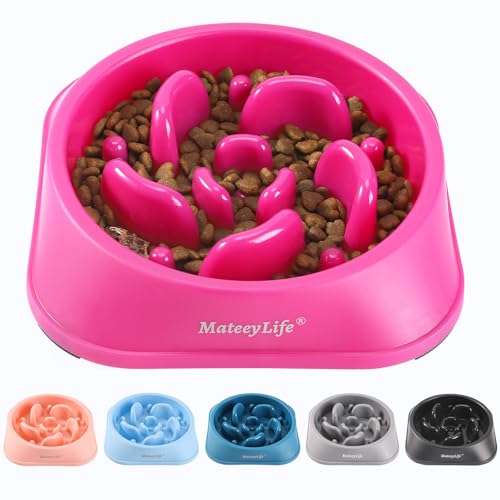Understanding Cold-Pressed Dog Food: A Simple Introduction to the Basics
What is Cold-Pressed Dog Food?
Cold-pressed dog food is a type of pet food made by combining fresh, natural ingredients and then pressing them together without the application of high heat. This gentle process helps to retain the essential nutrients, vitamins, and minerals that are often lost in traditional cooking methods. As a result, cold-pressed food offers a wholesome and nutritious option for our canine companions.
Why Cold-Pressed?
When we think about the importance of what we feed our dogs, understanding cold-pressed food is key. Because it is produced at lower temperatures, it keeps more of the natural goodness intact, offering a diet that closely resembles what our dogs’ ancestors would have eaten. This method results in a crunchy texture that dogs often enjoy, making mealtime more satisfying.
The Benefits of Choosing Cold-Pressed Dog Food for Your Canine Companion
Nutrient Preservation
One of the standout benefits of cold-pressed dog food is its superior nutrient preservation. When we choose this type of food, we can be confident that our dogs are getting essential nutrients that promote optimal health. The cold-pressing method helps to maintain the integrity of vital amino acids, fatty acids, and vitamins.
Digestibility and Healthier Coat
Many dog owners notice improvements in their pets’ digestion when switching to cold-pressed food. This food tends to be easier for dogs to digest, which can lead to fewer gastrointestinal issues. Additionally, the high-quality ingredients often result in shinier, healthier coats, showcasing our dogs’ overall well-being.
Enhanced Palatability
Another significant advantage is how tasty cold-pressed dog food is for our furry friends. The natural ingredients and the pressing process often lead to a product that appeals to a dog’s palate. If your dog is a picky eater, you might find that they truly enjoy the taste of cold-pressed food compared to other options.
How Cold-Pressed Dog Food Stands Out: Key Differences from Traditional Kibble
Texture and Composition
Cold-pressed dog food differs primarily in texture and composition compared to traditional kibble. While kibble is often hard and can be quite dry, cold-pressed food generally has a denser, biscuit-like texture that is less processed. This texture not only appeals to dogs but can also encourage better chewing habits.
Production Process
The production process significantly sets cold-pressed dog food apart. Traditional kibble is baked at high temperatures, which can deplete nutrients. In contrast, cold-pressed food is produced with minimal heat, ensuring that more nutrients remain intact. Therefore, we are providing our dogs with food that is not only tasty but also nutritionally robust.
Ingredient Quality
Finally, the quality of ingredients often used in cold-pressed dog food stands out. Many brands focus on using whole, natural ingredients without fillers, artificial flavours, or preservatives. This commitment to quality ensures that we are feeding our pets meals that are good for their health.
Selecting the Right Cold-Pressed Dog Food: Our Top Recommendations
Choose the Right Ingredients
When selecting cold-pressed dog food, it’s essential to read the ingredient list carefully. We recommend looking for recipes that feature a high percentage of meat or fish as the first ingredient, followed by wholesome vegetables and grains that are easy to digest.
Consider Your Dog’s Needs
Every dog is unique, so we should consider specific dietary needs based on age, weight, and activity level. Some formulations cater to puppies, while others are designed for adult dogs or those with special dietary requirements. Tailoring the choice to your dog’s needs can make a significant difference in their overall health.
Brand Reputation and Transparency
Selecting a reputable brand that is transparent about its sourcing and production processes is vital. We find confidence in brands that provide detailed information about where their ingredients come from and how their food is produced, ensuring we make informed choices for our beloved pets.
Feeding Guidelines and Tips for Cold-Pressed Dog Food: Ensuring Your Dog Thrives
Transitioning to Cold-Pressed
When introducing cold-pressed dog food, take your time with the transition. Start by mixing a small amount with your dog’s current food, gradually increasing the cold-pressed portion over a week or more. This method helps your dog acclimate to the new food and reduces the risk of digestive upset.
Feeding Portions and Scheduling
Pay attention to the feeding portions suggested on the packaging, as cold-pressed dog food is often denser than conventional kibble. We should measure our dog’s food based on their weight and activity level to avoid overfeeding. Sticking to a regular feeding schedule can help with digestion and maintaining a healthy weight.
Hydration is Key
Finally, remember that while cold-pressed food has a crunchy and satisfying texture, it is still essential to encourage proper hydration. Ensure your dog has constant access to fresh water, especially since a high-protein and low-carbohydrate diet can lead to increased thirst.



